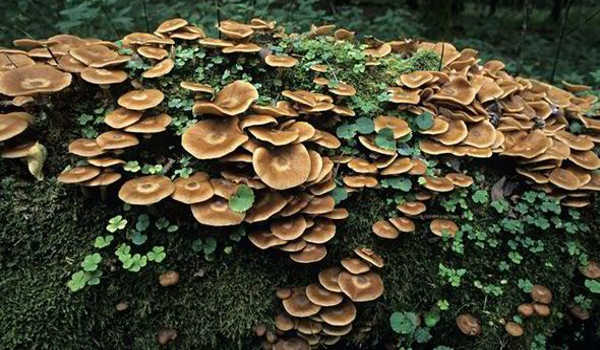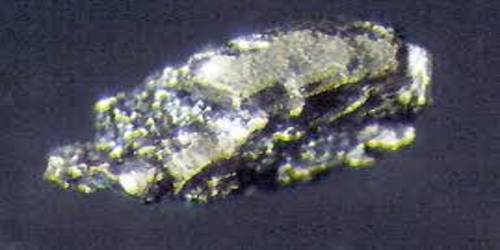Engineers and plant pathologists have created a method for engineering a protein that prevents fungi from breaking down cell walls, as well as a method for mass-producing this protein for external application as a natural fungicide. The research could lead to a new method of controlling plant disease that eliminates the need for conventional fungicides.
Fungi are responsible for 70-80 percent of crop losses caused by microbial diseases. Fungicides are important agricultural tools, but they pose environmental risks. Fungi develop resistance to fungicides over time, sending growers on an endless search for new and improved ways to combat fungal diseases.
The most recent advancement makes use of natural plant defense against fungus. Engineers and plant pathologists at UC Riverside describe a method for engineering a protein that prevents fungi from breaking down cell walls, as well as a method for mass-producing this protein for external application as a natural fungicide, in a paper published in Biotechnology and Bioengineering. The research could lead to a new method of controlling plant disease that eliminates the need for conventional fungicides.
Engineers and plant pathologists have developed a way to engineer a protein that blocks fungi from breaking down cell walls, as well as a way to produce this protein in quantity for external application as a natural fungicide.
Fungi produce enzymes that use catalytic reactions to break down tough cell walls in order to gain entry into plant tissues. Polygalacturonases, or PGs, are among these, but plants are not defenseless against this attack. Plants make proteins known as PG-inhibiting proteins, or PGIPs, which slow catalysis.
A team of UC Riverside researchers discovered the segment of DNA that instructs the plant on how to produce PGIPs in common green beans. To make baker’s yeast produce PGIPs, they inserted complete and partial segments into its genome. The team used yeast instead of plants because the yeast has no PGIPs of its own and grows faster than plants.
Following confirmation that the yeast was replicating with the new DNA, the researchers exposed it to cultures of Botrytis cinerea, a fungus that causes gray mold rot in peaches and other crops, and Aspergillus niger, a fungus that causes black mold on grapes and other fruits and vegetables.

Yeast with both the complete and partial PGIP-coding DNA segments successfully inhibited fungal growth. The results show that the yeast produced enough PGIPs to make the method a viable option for large-scale production.
“These findings reaffirm the potential of using PGIPs as exogenously applied agents to inhibit fungal infection,” said Yanran Li, an assistant professor of chemical and environmental engineering in the Marlan and Rosemary Bourns College of Engineering who collaborated on the project with plant pathologist Alexander Putman in the Department of Microbiology and Plant Pathology. “PGIPs only inhibit infection but are unlikely to be fatal to any fungi. Therefore, the application of this natural plant protein-derived peptide to crops will likely have minimal impact on plant-microbe ecology.”
In addition, Li stated that PGIPs are likely to biodegrade into naturally occurring amino acids, implying that they have fewer potential side effects for consumers and the environment when compared to synthetic small molecule fungicides.
“The production of transgenic plants takes time, and the use of such transgenic crops in the agricultural industry necessitates a lengthy approval process. On the other hand, engineered PGIPs derived from natural proteins are eligible for FDA fast-track approval if they can be used exogenously in a manner similar to a fungicide “Li stated.
The researchers were able to make the yeast exude PGIPs for external application by tweaking it slightly differently. Previous research has shown that freeze-drying naturally occurring microbes on apples, reconstituting them in a solution, and spraying them on crops reduces fungal disease and loss during shipping. The authors propose that PGIP-expressing yeast be used in the same way. They warn, however, that because plants have beneficial relationships with some fungi, future research must ensure that plants only repel harmful fungi.
Li will continue to develop PGIPs for improved efficiency and a broader spectrum of antifungal activity against various pathogenic fungi. Meanwhile, Li and Putman will continue to assess the feasibility of using engineered PGIPs to suppress fungi-induced pre- and post-harvest disease.
















